Animalia

Beurlenia
Beurlenia genus

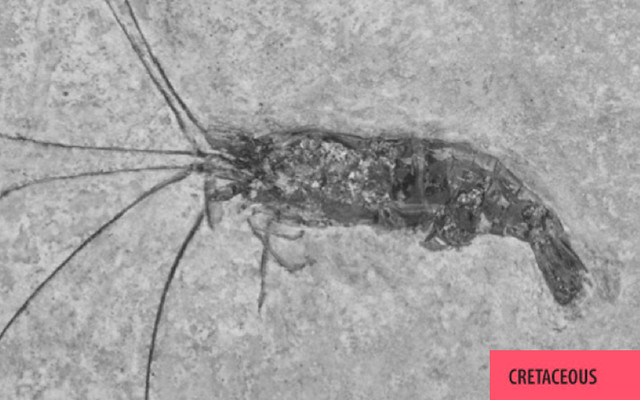
Sorry, there is no photo available. If you have one, please submit
here
.
EXTINCT | 1 POINT
Play: MOVE of 1.
This extinct shrimp is named after the German paleontologist Karl Beurlen (1901-1985), who studied fossils in Brazil.
warm
Graphic by AMNHwww.amnh.org/
Beurlenia araripensis is an extinct species of shrimp in its own genus, Beurlenia.[1] It is named after the German palaeontologist Karl Beurlen (1901–1985).[2] (From Wikipedia, February 2015) read more

Clam
Bivalvia class

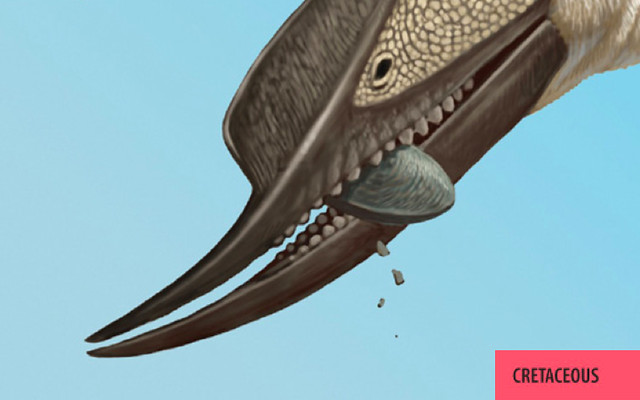
Sorry, there is no photo available. If you have one, please submit
here
.
EXTANT | 2 POINTS
Play: MOVE of 1.
The organs of clams are surrounded by watery blood that contains nutrients and oxygen.
warm
Graphic by Raúl Martinwww.amnh.org/
“Clam” is an informal term used to refer to bivalve molluscs. They first appeared in Cambrian age rocks 510 million years ago. [1] They presently live in both freshwater and marine habitats, and range in adult size from nearly microscopic to the giant clam, which can weigh 200 kilograms (440 lbs). Some have life cycles […] read more

Aeger elegans
Aeger elegans

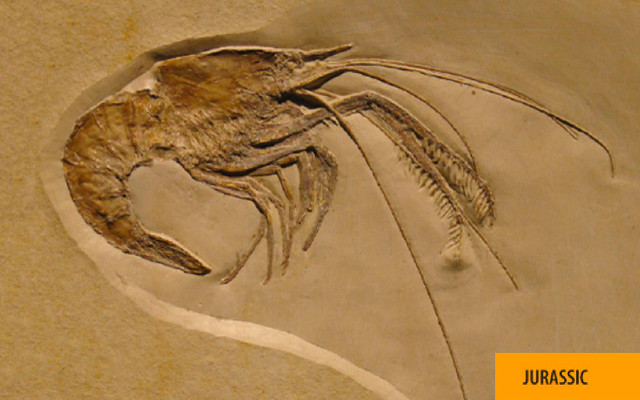
Sorry, there is no photo available. If you have one, please submit
here
.
EXTINCT | 1 POINT
Play: MOVE of 1.
Aeger elegans is a species of shrimp that was found in the Solnhofen limestone of Germany.
warm
Graphic by Masur (CC-BY-SA-2.0)www.amnh.org/
Aeger elegans is a species of fossil prawn from the Solnhofen Plattenkalk.[1] (From Wikipedia, February 2015) read more

Waterscorpion
Nepidae family

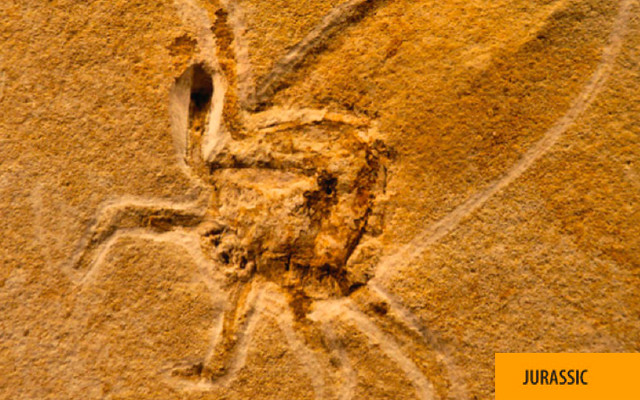
Sorry, there is no photo available. If you have one, please submit
here
.
EXTANT | 2 POINTS
Play: MOVE of 1.
Waterscorpions are insects, but are not closely related to true scorpions.
warm
Graphic by Scott Morrisonwww.amnh.org/
Nepidae is a family of exclusively aquatic Heteropteran insects in the order Hemiptera.[1] They are commonly called waterscorpions for their superficial resemblance to scorpions, which is due to their raptorial forelegs and the presence of a long slender process at the posterior end of the abdomen, resembling a tail. There are 14 genera in the […] read more

Aspidorhynchus
Aspidorhynchus

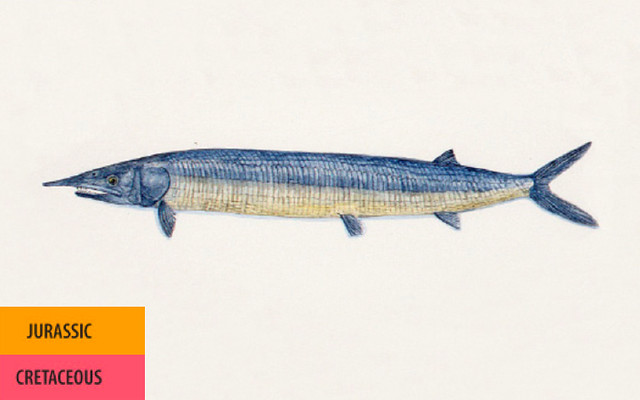
Sorry, there is no photo available. If you have one, please submit
here
.
EXTINCT | 2 POINTS
Play: MOVE of 2.
Aspidorhynchus was a speedy, two-foot long fish, with tooth-lined, elongated jaws.
warm
Graphic by Ivy Rutskywww.amnh.org/
Aspidorhynchus (meaning “shield snout”) is an extinct genus of ray-finned fish from the Jurassic andCretaceous periods. Fossils have been found in Europe and Antarctica. Aspidorhynchus was a slender, fast-swimming fish, 60 centimetres (2.0 ft) long, with tooth-lined, elongated jaws. It also had heavy scales and a symmetrical tail. The upper jaw was longer than the lower […] read more

Obaichthys
Obaichthys


Sorry, there is no photo available. If you have one, please submit
here
.
EXTINCT | 3 POINTS
Play: MOVE of 1.
Obaichthys is a primitive garfish, whose fossils have been found in Brazil.
warm
Graphic by Ivy Rutskywww.amnh.org/